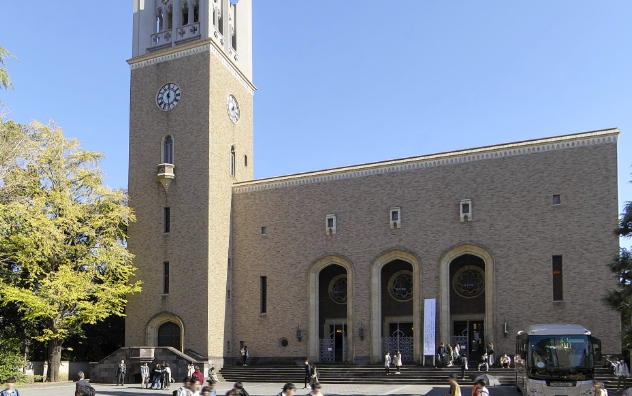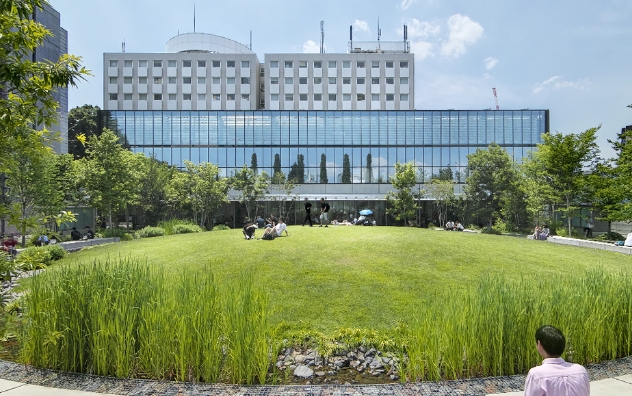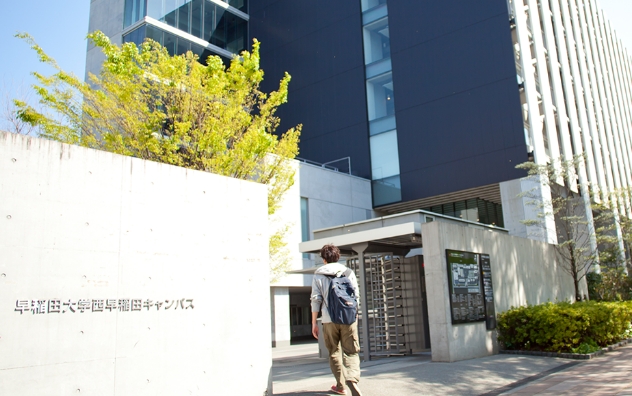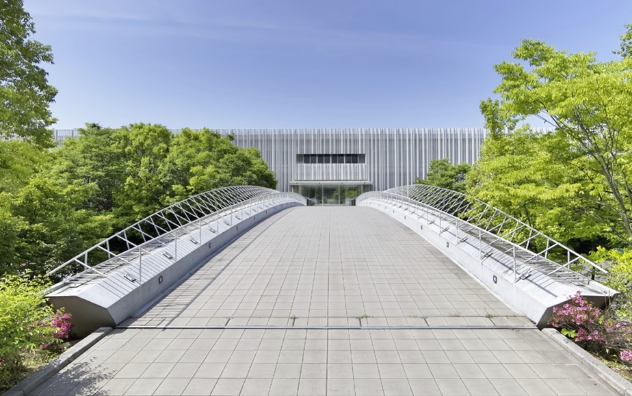Honoring 100 years since the death of Shigenobu Okuma, founder of the University / Part 2
Thu, Feb 10, 2022-
Tags
Honoring 100 years since the death of Shigenobu Okuma
January 10, 2022 marks 100 years since the death of the founder of Waseda University, Shigenobu Okuma. As the first part of a three-part series, we explore the life of a man, both politician and educator, and how his history ties into the legacy of Waseda.
Part 1: Supporting the school from the shadows (1881-1897)
Part 2: Building the Foundation for the University (1898-1913)
In June 1898, the Progressive Party, headed by Shigenobu Okuma and the Freedom Party, headed by Taisuke Itagaki, merged to form the Constitutional Party. In doing so, they formed Japan’s first party cabinet, known as the “Waihan cabinet” (the first Okuma Cabinet), in which Okuma held the positions of Prime Minister and Foreign Minister. However, constant infighting led the Constitutional Party to fragment in October and in November, the cabinet resigned en masse. Then, Okuma became the Prime Minister of the True Constitutional Party, which was born from the fragmentation of the Constitutional Party. However, he left office in January 1907 and indicated that he would retire from politics altogether.
Okuma, who had stepped down during the political change of Meiji 14(1881) and subsequently once again retired from politics, assumed the role of the first president of Waseda University in April 1907. And he embarked on managing the university in earnest. Although Waseda University had changed its name from Tokyo Senmon Gakko in 1902, institutionally, it remained a college. The only institutions that were legally universities were the Imperial Universities. The establishment of private universities was not recognized. At that time, the academic departments of Waseda were centered on political economics, law, and literature without a single department for the sciences. As Waseda approached the 25th anniversary of its founding that year, the school held a ceremony in October with global dignitaries, inviting major political players. Okuma stated the following during his speech:
In today’s age of rapidly developing civilization, it is no longer enough for universities to simply offer degrees in literature, law, politics, economics, and philosophy. I had such thoughts 25 years ago when I founded Waseda Senmon Gakko, and so I first established a department of engineering and tried to gradually prepare other departments, but regretfully, there was no demand for a department of engineering at that time. (…) Thus, today [Waseda] has achieved that goal as a private university in Japan. Meanwhile, I believe that Waseda University has reached the opportunity for a second phase of development. The progress of the times has created a powerful desire in the youth for other departments, such as medicine and engineering.
(Waseda Alumni Association Magazine Issue 153, November 1907, page 58)
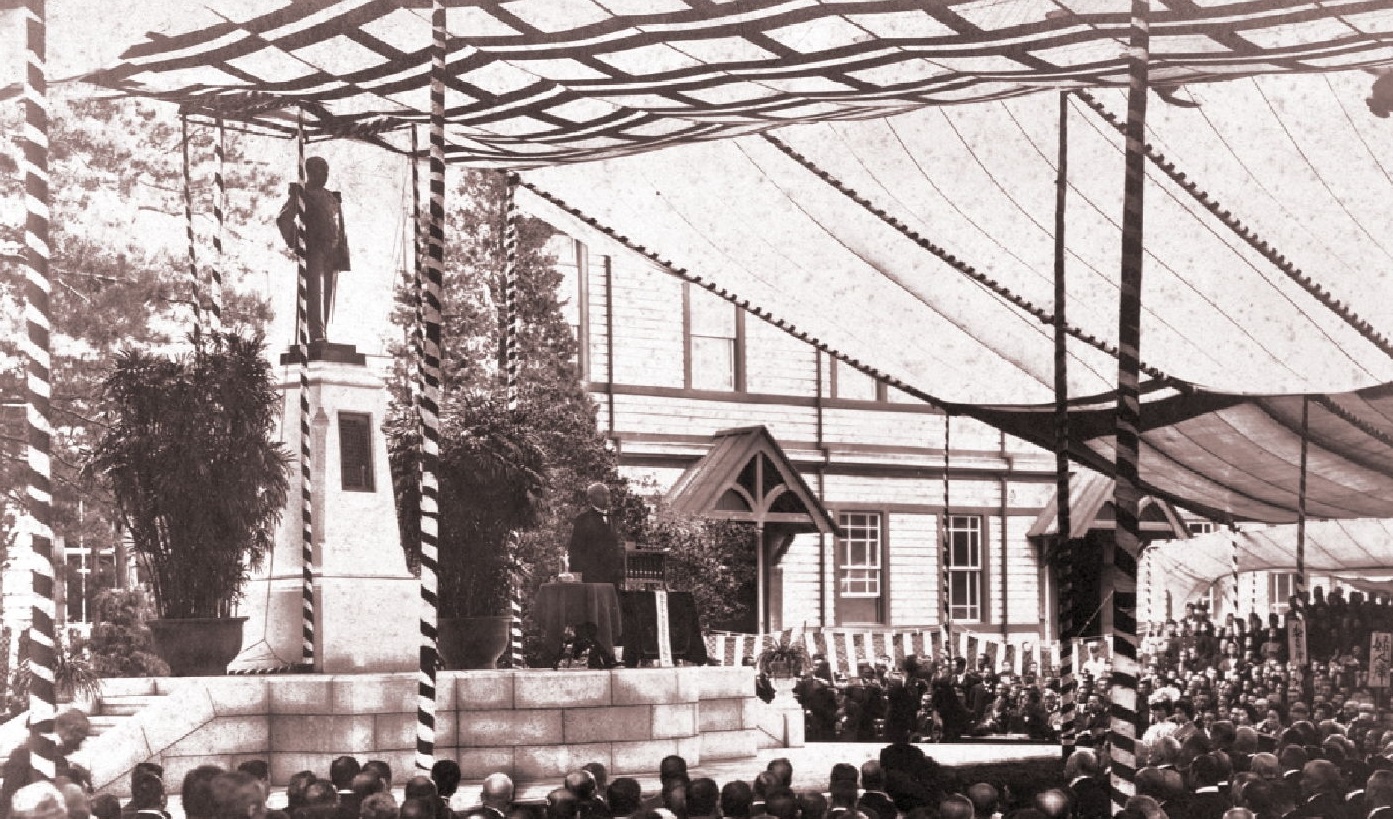
Shigenobu Okuma speaking at the 25th Anniversary Ceremony of the University Founding (in front of a statue of Shigenobu Okuma), Property of the Waseda University Archives
When Tokyo Senmon Gakko was founded in 1882, it established a department of science alongside the departments of political economics and law; however, it was closed the following year due to a lack of professors and incoming students. The department of science and civil engineering that was established instead stopped accepting applications in 1885 for similar reasons. Thus, Okuma intended to revive the department of science and engineering. The phase 2 plan was developed in the beginning of 1908 based on Okuma’s words. The university held fundraisers, primarily to establish a department of science and engineering and a department of medicine, but also for the resulting campus expansion. The university was bestowed 30 thousand yen from the Imperial Family in May of that year. Starting salaries for senior officials (presently called “government officials”) were 50 yen (reference: The Cultural History Encyclopedia of Prices—Meiji, Taisho, Showa, and Heisei); hence, 30 thousand yen constituted a significant sum. In honor of this imperial donation, the university built the Onshi Memorial Hall in 1911, which primarily consisted of classrooms for the department of science and engineering.

Onshi Memorial Hall (Façade, construction completed in May 1911), Property of the Waseda University Archives
Additionally, there were donations from big businesses, such as Mitsui and Morimura, in addition to a large sum from Eiichi Shibusawa. Shibusawa was also the chair of the fund management committee. Okuma himself also actively gave speeches to alumni across the country to ask for donations. He stated the following at the 1910 Autumn Alumni General Assembly:
I hope this school will flourish thanks to the combined strength of everyone. When talking about to what degree this Waseda school will empower the nation, it might be insignificant. However, I believe even as a private school, we can contribute to the nation with appreciable results through everyone’s effort, the earnest guidance of the faculty and staff, and the student’s studies. Learning at a private school slightly differs from a government school. In particular, this school places high value on experiment and, since students proceed based not on theories made at a desk but on this effort of making things oneself with an iron mallet, it is possible that outstanding geniuses might appear from this school.
(Waseda Alumni Association Magazine Issue 190, December 1910, page 6)
Okuma called for donations from the alumni by emphasizing Waseda’s strength, which is to strongly value experiment and practice and distinguishing that from the dominance of government schools. This resulted in him raising a total of 924,865.79 yen as of August 1913. Although a department of medicine could not be established from these funds, in 1909, the department of science and engineering in the undergraduate school came into existence as two departments: mechanics and electrical engineering. In the following year, the departments of mining engineering and architecture were also established. Additionally, the campus was expanded, starting with the Onshi Memorial Hall, and continuing with an academic building for laboratory and fieldwork. This enabled Waseda University to establish departments of humanities and of sciences, which allowed the school to take the form of a comprehensive university.
Okuma proclaimed the mission of Waseda University at the celebration of the 30th anniversary of the university’s founding (October 1913). During that proclamation, Okuma explained the following about his ideal university and students:
My great ideal, as a harmonious person of civilization, is to align and conform Eastern and Western civilizations. (…) In order to realize this ideal, we should exert ourselves in the creativity of learning, mainly through the independent and the practical application of scholarship by any means. The results can be applied in everyday life. Who should now be appointed to this is a personality that values character, develops everything about themselves, benefits nation and society, applies themselves to be active in the world, and in addition, is up to the task. Basically, a model citizen. People studying at university are not the majority. They are a minority of the majority of citizens. This minority of people who have gotten a higher education is a model for other citizens.
<“Collection of Shigenobu Okuma speeches” (Iwanami Bunko) page 144>
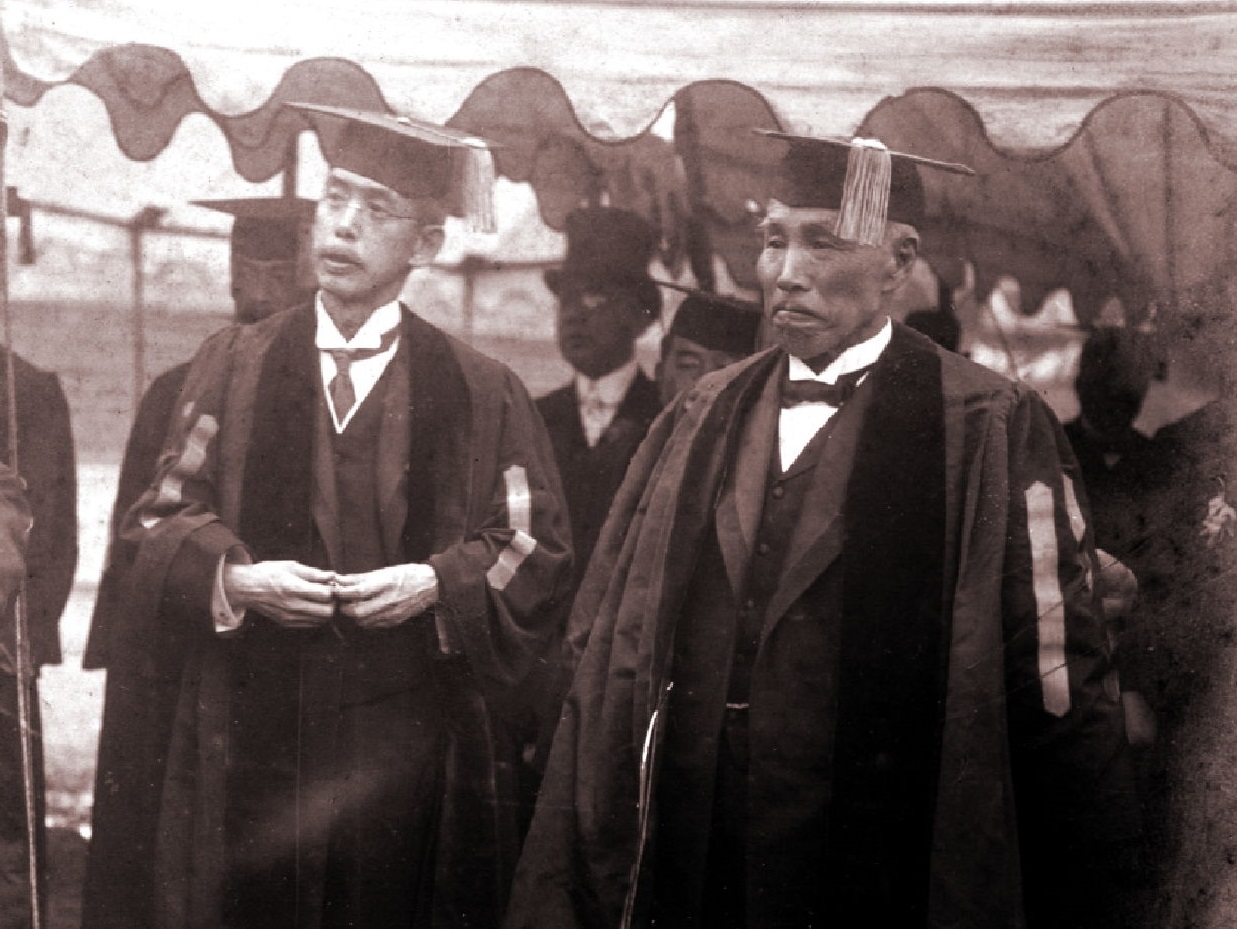
Sanae Takata and Shigenobu Okuma at the 30th Anniversary Celebration of the University’s Founding, Property of the Waseda University Archives
Okuma gave the school the appearance of a comprehensive university through his phase 2 plan and set the ideals that the university and its students should strive for by proclaiming his mission. Subsequently, the establishment of private universities was recognized under the University Ordinance. Under President Okuma, Waseda University was legally approved as a university and further developed.
To be continued
Satoko Tanaka / Research Associate, Waseda University Archives
- Links
-
-
Honoring 100 years since the death of Shigenobu Okuma, founder of the University Part 3:
Staying ambitious to the end; education is a lifelong endeavor - Waseda University Cultural Resource Database
- Honoring 100 years since the death of Shigenobu Okuma, founder of the University Part 1: Supporting the school from the shadows (1881-1897)
-
Honoring 100 years since the death of Shigenobu Okuma, founder of the University Part 3:


